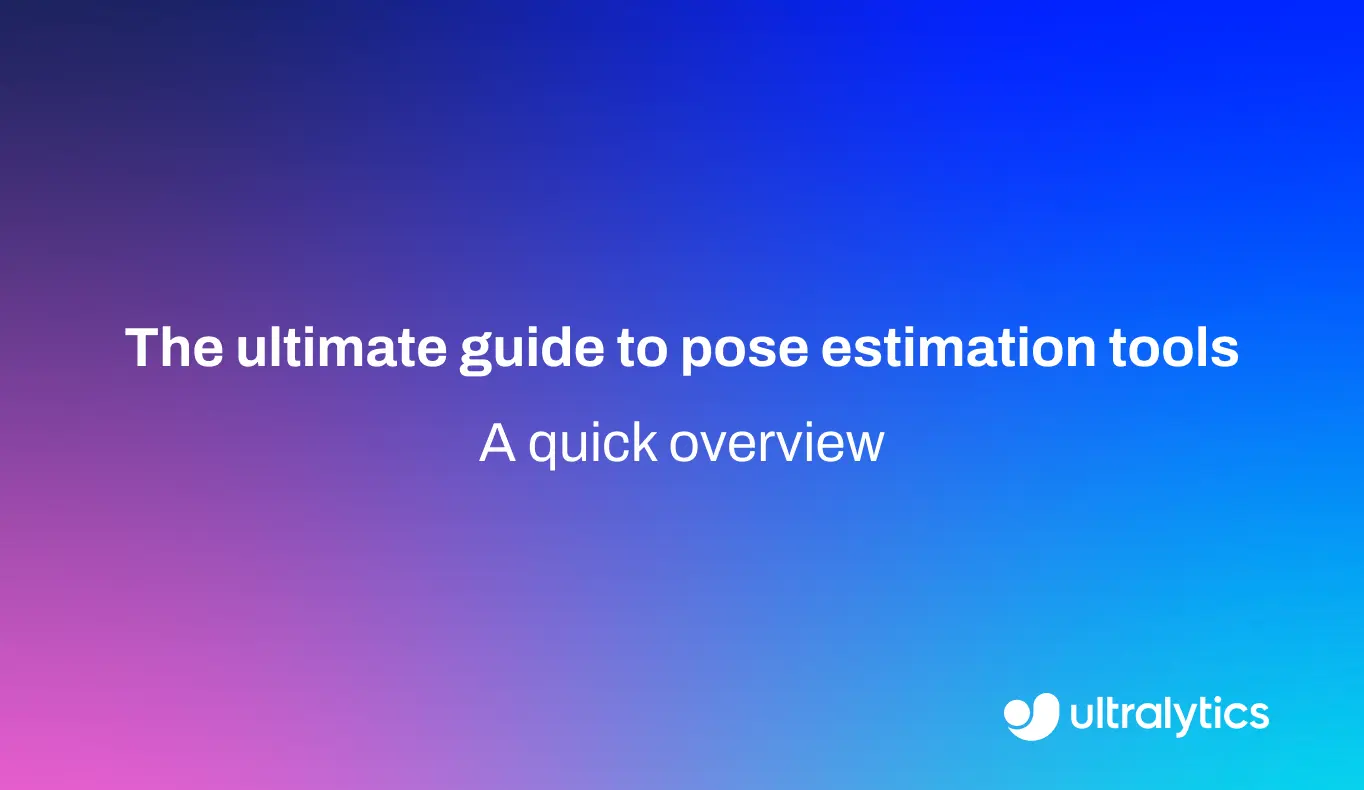Differential Privacy
Learn how differential privacy safeguards sensitive data in AI/ML, ensuring privacy while enabling accurate analysis and compliance with regulations.
Differential privacy is a robust mathematical framework used in data analysis and
machine learning (ML) to ensure that the output
of an algorithm does not reveal information about any specific individual within the dataset. By quantifying the
privacy loss associated with data release, it allows organizations to share aggregate patterns and trends while
maintaining a provable guarantee of confidentiality for every participant. This approach has become a cornerstone of
AI ethics, enabling data scientists to extract valuable
insights from sensitive information without compromising user trust or violating regulatory standards.
How Differential Privacy Works
The core mechanism of differential privacy involves injecting a calculated amount of statistical noise into the
datasets or the results of database queries. This noise is
carefully calibrated to be significant enough to mask the contribution of any single individual—making it impossible
for an attacker to determine if a specific person's data was included—but small enough to preserve the overall
accuracy of the aggregate statistics.
In the context of deep learning (DL), this
technique is often applied during the training process, specifically during
gradient descent. By clipping gradients and adding
noise before updating model weights, developers can create privacy-preserving models. However, this introduces a
"privacy-utility tradeoff," where stronger privacy settings (resulting in more noise) may slightly reduce
the accuracy of the final model.
Core Concepts and Implementation
To implement differential privacy, practitioners utilize a parameter known as "epsilon" (ε), which acts as a
privacy budget. A lower epsilon value indicates stricter privacy requirements and more noise, while a higher epsilon
allows for more precise data but with a wider margin for potential information leakage. This concept is critical when
preparing training data for sensitive tasks such as
medical image analysis or financial
forecasting.
The following Python example demonstrates the fundamental concept of differential privacy: adding noise to data to
mask exact values. While libraries like Opacus are used for full model training, this snippet uses
PyTorch to illustrate the noise injection mechanism.
import torch
# Simulate a tensor of sensitive gradients or data points
original_data = torch.tensor([1.5, 2.0, 3.5, 4.0])
# Generate Laplacian noise (common in Differential Privacy) based on a privacy budget
noise_scale = 0.5
noise = torch.distributions.laplace.Laplace(0, noise_scale).sample(original_data.shape)
# Add noise to create a differentially private version
private_data = original_data + noise
print(f"Original: {original_data}")
print(f"Private: {private_data}")
Real-World Applications
Major technology companies and government bodies rely on differential privacy to enhance user experience while
securing personal information.
-
Apple's User Usage Analysis: Apple utilizes
Local Differential Privacy to
collect insights from iPhone and Mac users. This allows them to identify popular emojis, discover high-memory usage
in apps, and improve QuickType suggestions without ever accessing raw user data or tracking individual behavior.
-
U.S. Census Bureau: The
2020 U.S. Census adopted differential privacy
to publish demographic statistics. This ensures that the published data tables cannot be reverse-engineered to
identify specific households, balancing the public need for demographic data with the legal requirement to protect
citizen confidentiality.
Differential Privacy vs. Related Terms
It is important to distinguish differential privacy from other privacy-preserving techniques found in a modern
MLOps lifecycle.
-
Differential Privacy vs. Data Privacy:
Data Privacy is the broad discipline encompassing
the laws, rights, and best practices for handling personal data (e.g., compliance with
GDPR). Differential privacy is a specific mathematical definition and
technical tool used to achieve data privacy goals.
-
Differential Privacy vs. Federated Learning:
Federated Learning is a decentralized training
method where models are trained on local devices (edge computing) without uploading raw data to a server. While
Federated Learning keeps data local, it does not guarantee that the model updates themselves won't leak information.
Therefore, differential privacy is often combined with federated learning to secure the model updates.
-
Differential Privacy vs. Anonymization: Traditional anonymization involves stripping
Personally Identifiable Information (PII) like names or social
security numbers. However, anonymized datasets can often be "re-identified" by cross-referencing with
other public data. Differential privacy provides a mathematically provable guarantee against such re-identification
attacks.
Significance in Computer Vision
For users leveraging advanced models like YOLO11 for tasks
such as object detection or surveillance,
differential privacy offers a pathway to train on real-world video feeds without exposing the identities of people
captured in the footage. By integrating these techniques, developers can build
AI systems that are robust, compliant,
and trusted by the public.
To explore more about privacy tools, the OpenDP project offers an open-source suite
of algorithms, and Google provides TensorFlow Privacy for
developers looking to integrate these concepts into their workflows.










